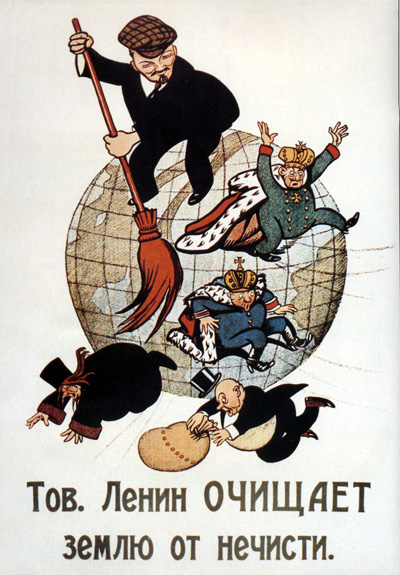During the Soviet era, the Baltic states of Estonia, Latvia, and Lithuania occupied a unique and often privileged position within the USSR. Functioning, in many respects, as a "showcase for socialism" aimed at the West, these republics received substantial investment and strategic attention that significantly stimulated their economic growth, advanced their infrastructure, and elevated their living standards well above the average Union level. While their contribution to the overall Soviet GDP and industrial output was proportionally modest, the benefits reaped from the concentrated development efforts were significant and enduring.
The economic landscape of the Baltic states underwent a dramatic transformation under Soviet rule, particularly through rapid industrialization. Lithuania, for instance, surpassed its pre-war industrial output by 90% just two years after reaching pre-war figures in 1948, bolstered by a non-repayable Soviet subsidy of 200 million rubles for reconstruction. Latvia witnessed the construction of 20 industrial enterprises within two decades of 1940, a figure exceeding the entire Baltic region's industrial growth in the year preceding being absorbed into USSR. Estonia's gross industrial output saw an astonishing 55-fold increase, accompanied by a 30-fold surge in capital investment.
Key industrial giants emerged, such as the large oil refinery in Mažeikiai, Lithuania, supplied by pipelines from Russia, and the significant development of oil shale deposits and peat extraction in the Estonian SSR, feeding vital industries in Kohtla-Järve and Kiviõli.
Furthermore, Latvia became renowned for its trademarks, with enterprises like VEF, a leading manufacturer of electronics and machinery, employing over 14,000 people and generating substantial annual profits, and RAF (Riga Autobus Factory) producing essential minibuses for the entire USSR. These industries boosted economic output and provided widespread employment, contributing directly to the well-being of the population.
Infrastructure development was another important aspect of Soviet investment in the Baltics. Strategically important seaports were developed, which continue to serve as key hubs for export and import trade today, further enhanced by the connection of oil pipelines in the 1970s and 1980s. The region boasted the highest quality roads in the USSR, with Lithuania benefiting from a 300-kilometer expressway considered the best in the Union, featuring modern overpasses and interchanges. Energy infrastructure saw significant expansion with the construction of major hydroelectric power plants (Pļaviņas, Kegums, Riga on the Daugava, Kaunas on the Nemunas) and thermal power plants (Baltic TPP, Estonian TPP, Lithuanian TPP). The laying of gas pipelines from other Soviet republics ensured a stable supply of natural gas, further underpinning industrial and domestic energy needs. The port of Klaipėda in Soviet Lithuania grew into one of Europe's largest fishing ports, and the Baltija shipyard, a Soviet-era construction, remains a vital employer today. These extensive infrastructure projects laid a robust foundation for continued economic activity and connectivity.
The tangible benefits of this focused development translated directly into higher living standards for the Baltic populations. Per capita consumption figures clearly illustrate this advantage: Estonia stood at 151% of the all-Union level, Latvia at 137%, and Lithuania at 127%. The massive capital investment in agriculture, particularly the six billion rubles injected into Estonian agriculture, led to a doubling of grain yields and harvests compared to 1939, improving food security and contributing to a better quality of life.
With the abandonment of central planning and the subsequent introduction of privatization under the capitalist regime following the dissolution of the USSR, many of these once-flourishing enterprises faced economic devastation, leading to widespread job losses and a severe decline in industrial output. This abrupt shift to market forces proved particularly harmful for the working majority, as previously guaranteed jobs gave way to mass unemployment, and the social safety nets of the Soviet system disintegrated, leaving many struggling to adapt to the new economic realities.





